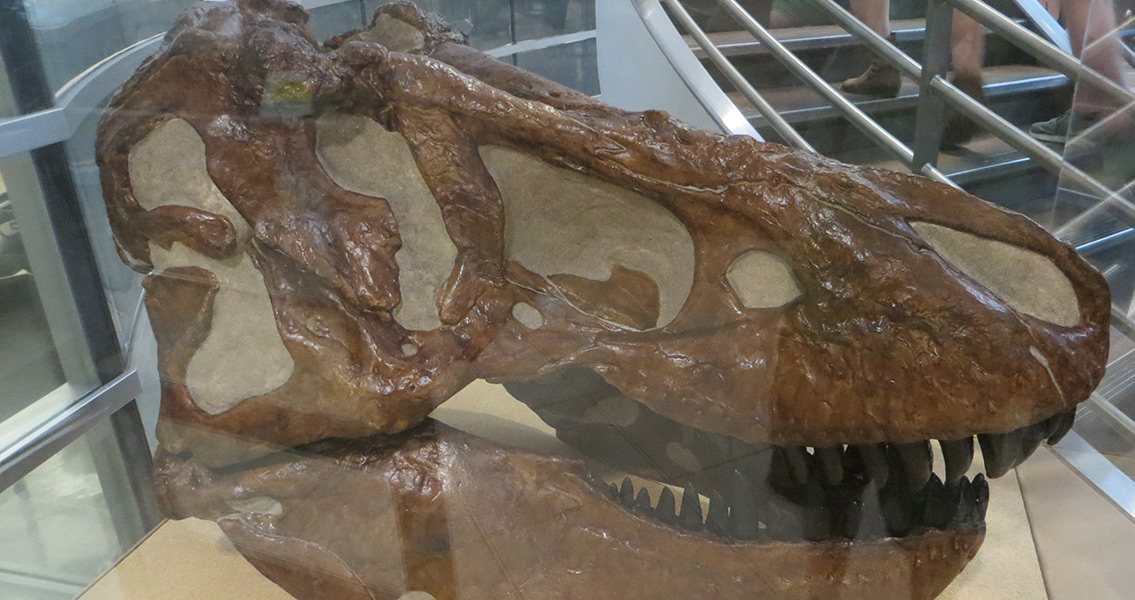<![CDATA[It turns out that the Tyrannosaurus rex, that mainstay of Hollywood dinosaur films and headliner in the imaginations – and nightmares – of countless children and adults around the globe – had a bite that matched its role as an apex predator, according to recently published research results from the University of Bristol. In most artistic depictions of the T. Rex and other two-legged theropod dinosaurs, these gargantuan and carnivorous beasts are usually represented with jaws spread almost impossibly wide to reveal rows of sharp teeth. However, according to Dr. Stephan Lautenschlager, a scientist from the university’s School of Earth Sciences, there has been no definitive research done into exactly how wide a Tyrannosaurus could have opened its jaws – that is, until Dr. Lautenschlager’s newest research study. The scientist conducted a study of how much punishment the jaw muscles of three different theropods could take before causing injury. These muscle groups effectively limit how wide any animal can open its jaws, Dr. Lautenschlager said in a press release published by the university. The width that an animal is able to open its jaws can act as a limiting factor as to what a particular animal can feed upon, the scientist added. Through the creation of exacting computer analysis and digital modeling methods to develop simulations of jaw movement among dinosaurs that measured the changes in muscle length, the study looked at the T. Rex, a similar yet slightly smaller carnivorous theropod known as Allosaurus fragilis, and a third specimen – a herbivorous theropod known as Erlikosaurus andrewsi. The simulations were held up against several bird and crocodile species – the closest living relatives of dinosaurs – in order to have a comparison point for maximum jaw gape and muscle strain. According to the results of the study, carnivorous theropods like the Allosaur and the Tyrannosaur were capable of opening their mouths an impressive and perhaps terrifying 90 degrees at the maximum. Meanwhile the Erlikosaurus, the herbivorous relative of the meat-eating pair, could only open its mouth as wide as around 45 degrees. Additionally, the bite force that the Tyrannosaur could sustain over a wide variety of jaw angles was prodigious, a strong indication that the carnivore was easily capable of rending flesh and crushing bone in order to feed on its prey. The results were eye-opening but not necessarily unexpected, Dr. Lautenschlager said in the press release. The jaw gapes of modern herbivores is almost universally smaller than that of predatory animals living today, the scientist remarked; the fact that this trend was also apparently present in theropods millions of years ago shows commonalities in evolution and biology. Image courtesy of Wikimedia Commons user: WildFrogs]]>
Open Wide: T. Rex Had a Major Bite
